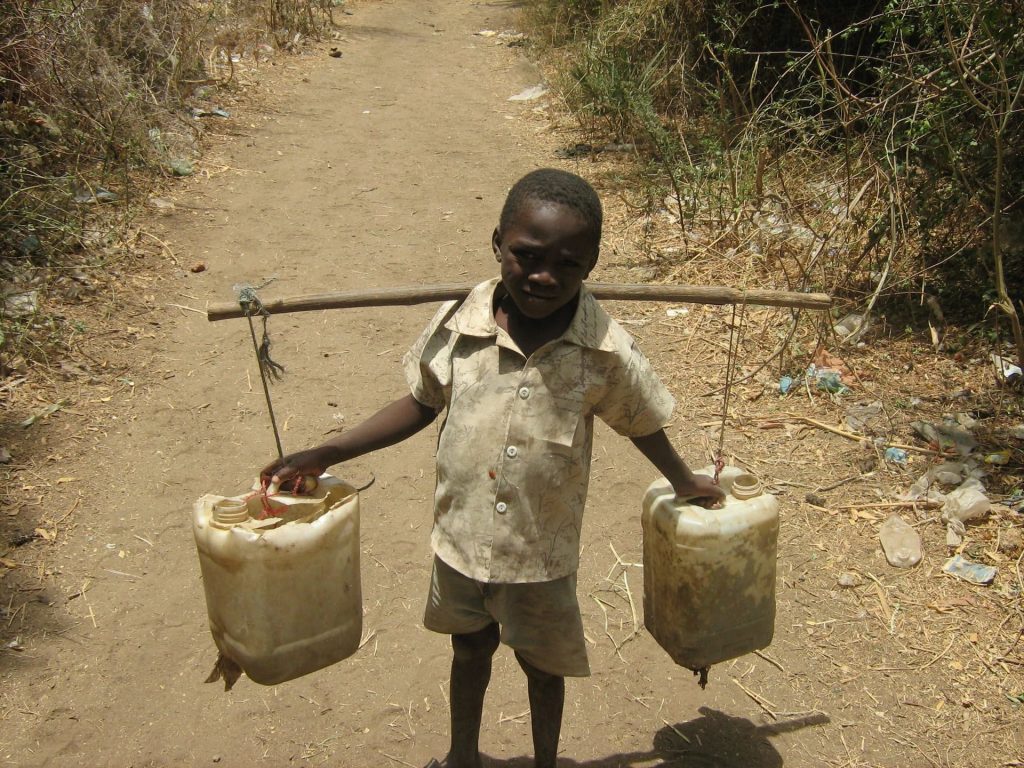Forty million victims of modern slavery: That figure made headlines around the world with the release of the Global Estimates of Slavery: Forced Labour and Forced Marriage in September 2017. Shocking stats serve as a rallying cry, but they can also perpetuate generalizations about issues far too complex to be summed up in a soundbite.
“It’s easier to have a visual impression—the concept of trafficking victims being in chains, locked-up, kept away, but very often traffickers use psychological pressure instead of physical restraints to control victims
Dr. Mark Capaldi, head of research and policy at ECPAT
In 2013, I packed my bags for Bangkok, propelled by the opportunity to work on a regional human trafficking prevention campaign but with hazy notions about the issue. Women and children, right? Kidnapped and locked up in dark rooms for forced sex work?
According to the 2017 Global Estimates of Modern Slavery, about 24.9 million people are in situations of forced labour, particularly in domestic work, construction, manufacturing, agriculture and fishing. By comparison, an estimated 3.8 million adults are victims of forced sexual exploitation and one million children are victims of commercial sexual exploitation.

It’s clearly still a problem and one that’s often misunderstood. For example, according to Shane Barter, associate director of the Pacific Basin Research Centre (who unpacked some of the stereotypes about sex work in Southeast Asia in this article), most of the people paying for sex in this region are not white men from Western countries, but instead men from Japan, China, Korea and other Southeast Asia countries.
This can mean that victims are trapped in their situation because they are in debt to the trafficker for transportation, housing or food. Or, they or their families have been threatened with physical harm by the traffickers or told that if they try to leave they will be arrested.

Online volunteering is fast, easy – and most of all, effective. When skilled, passionate individuals join forces online with great organizations working toward sustainable development goals, everyone wins.
Not only did online volunteers provide an excellent service to the UN, but also gained significant knowledge and experience, making it a win-win situation.
The cohesion, encouragement and inspiration of the team of volunteers have been immense. My online collaboration is easily on par with that of a face-to-face setting.